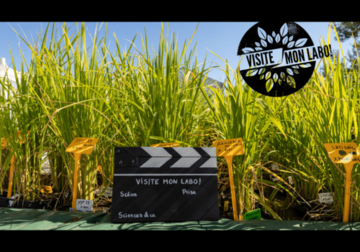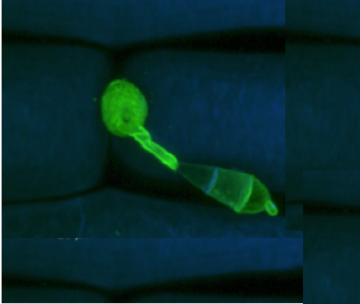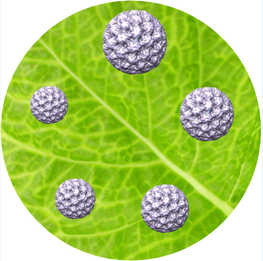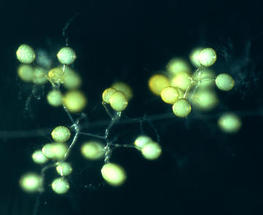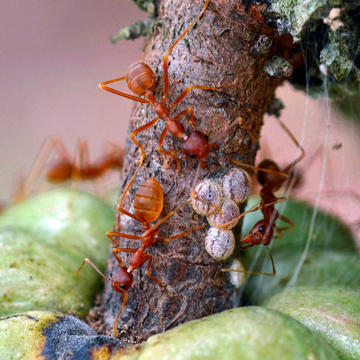Our mission: Plant health
Optimal growth and absence of disease
Our objectives
- To understand how a plant interacts with microbes/bio-aggressors
- Analyze the impact of these exchanges on its health
- Propose solutions to ensure good crop productivity
Main crops concerned
Rice, wheat, banana, coffee, cocoa, sugar cane, cassava, barley, citrus
Studied organisms
Viruses,Bacteria, Fungi, Nematodes, Insects
more about it
Scientific animation
Plant-pathogen interactions
- Molecular mechanisms and genetics
- Evolution of genomes and populations
- Resistance durability and impact
Virus-vector-plant interactions
- Study of the relationships between viruses, their vectors and the plant at the molecular level.
- Behaviour and evolution of the virus in the agricultural landscape
Towards an understanding of the phytobiome
- Role of the microbiome in plant health
- Interactions within microbial communities
- Impact of the environment and cultural practices on plants and their microbiome
Understanding epidemics in the field
- Influence of the environment on epidemics of bio-aggressors
- Forecasting the risk of epidemics
- Search for solutions to control their attacks





